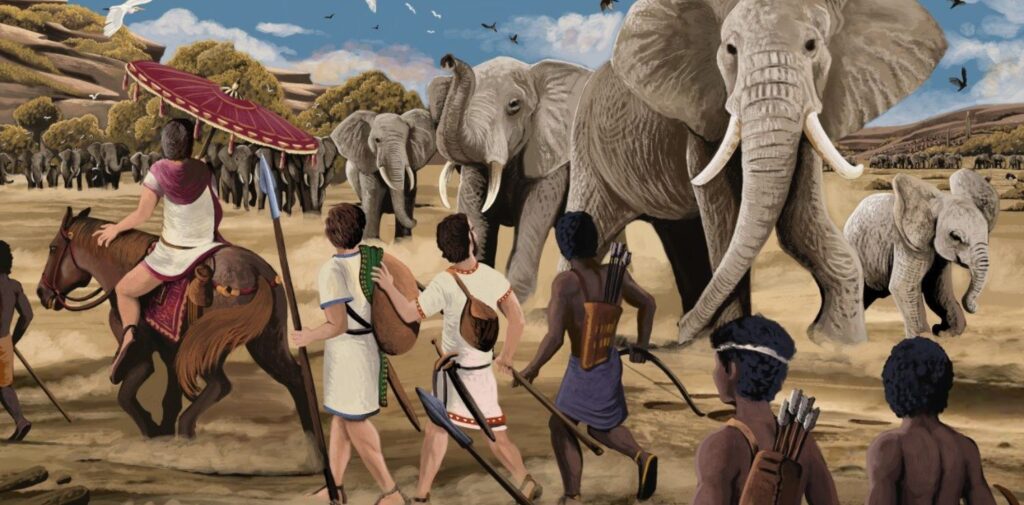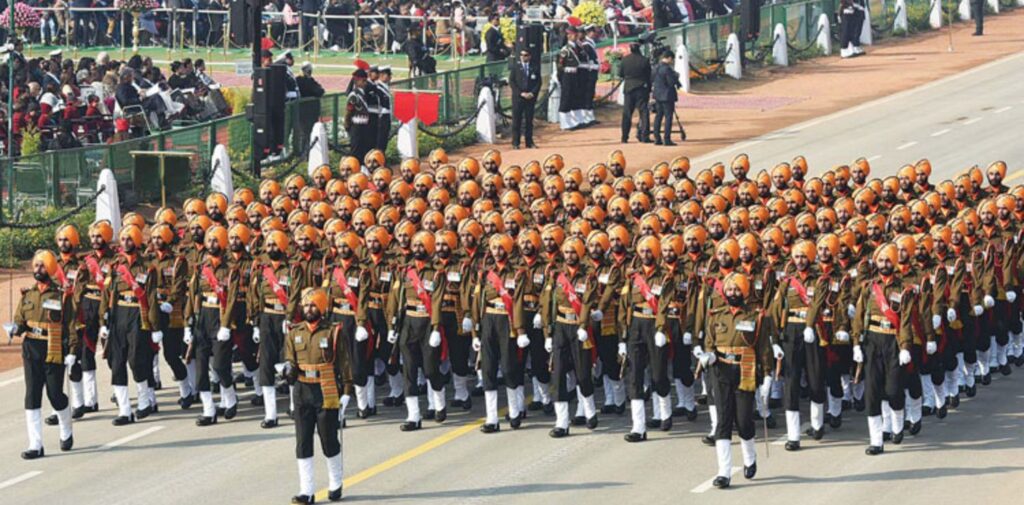In ancient India, warfare was not just about fighting battles; it was a complex blend of strategy, skill, and courage. Over thousands of years, the way wars were fought evolved significantly. From the use of chariots to elephants and finally to infantry, ancient Indian warfare went through many changes. The soldiers of ancient India were skilled in various types of combat and used different kinds of weapons, tactics, and even animals to help them win battles.
This article will take you on a journey through the evolution of warfare in ancient India, explaining how weapons, soldiers, and strategies changed over time. By the end, you’ll have a better understanding of how ancient Indian kingdoms fought and protected their lands.
Early Battles and the Role of Chariots
In the earliest days of warfare in India, the chariot was one of the most important tools used in battle. A chariot was a small vehicle pulled by horses, and it allowed warriors to move quickly around the battlefield. These chariots were used to attack enemy soldiers, carry archers, or even transport the king or commander into battle.
One of the earliest examples of chariot warfare in India can be found in the Mahabharata, one of India’s greatest epics. The Kuru dynasty fought a huge battle in the epic, where the warriors, including famous ones like Arjuna, fought from chariots. In these battles, chariots were used to attack the enemy, and warriors would shoot arrows while riding on them. The chariots played a very important role because they allowed warriors to move fast, and their speed could catch the enemy by surprise.
In ancient India, chariots were also used by kings and generals to lead their armies. These chariots were often made of wood and had large wheels, but they were not as powerful as modern-day vehicles. However, they gave a great advantage on the battlefield. As time passed, chariots became less important because new techniques and weapons were developed.

The Importance of Elephants in Battle
While chariots were important in early battles, war elephants became the main strength of armies in India by the time of the Mauryan Empire and the Gupta Empire. Elephants were much larger and stronger than horses and could carry heavy armor and weapons, making them formidable opponents in battle.
The use of war elephants is especially famous in the battles fought by Chandragupta Maurya and his grandson Ashoka. These elephants were trained to fight and were often used to charge at the enemy’s soldiers, breaking their lines and causing chaos. The elephants would also carry archers or spearmen, giving them a big advantage.
Elephants were not only used for fighting. They played an important role in transportation and logistics. They carried food, weapons, and soldiers, especially in long campaigns where the army had to travel over large distances.
The Battle of Ganges in the ancient Indian epic, the Mahabharata, also showed how elephants were used in battle. The Kauravas had a huge number of war elephants, and these were used to charge at the enemy in a very powerful way.
But even though war elephants were strong and fearsome, they also had their weaknesses. They could be difficult to control, especially when facing danger. If the elephants were injured or frightened, they could cause more harm to their own side than the enemy. As a result, over time, their importance began to decrease, but they were still used in battle for many centuries.
The Rise of Infantry: Foot Soldiers
As time went on, the role of infantry — or foot soldiers — became more and more important in Indian warfare. Unlike chariots and elephants, which were expensive and difficult to maintain, infantry soldiers were easier to train and could fight in a more organized way.
Infantry soldiers were trained to use a variety of weapons, such as swords, spears, bows, and shields. They were the backbone of the army and formed the majority of the forces. These soldiers were organized into units or regiments, and they fought in large groups.
The Mauryan Empire under Ashoka saw the growth of well-organized infantry. Ashoka’s army was one of the most powerful in ancient India, and he used infantry alongside chariots and elephants. The soldiers fought in close formations and were trained to follow commands precisely, making them effective in battle.
Later, during the Gupta Empire, the infantry became even more important. The Gupta rulers, such as Chandragupta I and Samudragupta, focused on building a strong and disciplined army, with a large number of foot soldiers. This period is often called the Golden Age of India because of its great achievements in art, science, and warfare. The Gupta Empire’s armies were well-organized, and the infantry played a big part in their success.

The Use of Advanced Weapons and Tactics
As warfare evolved in ancient India, new weapons and tactics were developed. The early battles mainly relied on bows and swords, but over time, the armies started using archery and crossbows in more advanced ways.
Archery was one of the most important skills for warriors in ancient India. The bow and arrow were used both by charioteers and foot soldiers. Arjuna, one of the greatest heroes of the Mahabharata, is often shown as a master archer who could shoot arrows accurately and quickly.
During the Gupta period, there was also an increased use of swords, spears, and maces in close combat. These weapons were effective in hand-to-hand fighting and were used by infantry soldiers during battle.
The war strategies also became more advanced. Generals started to focus on tactics like flanking (attacking from the sides) and encirclement (surrounding the enemy). These strategies were used to confuse and overpower the enemy.
Fortifications and Defenses
Ancient Indian armies also built strong fortifications to protect their kingdoms and empires. Fortresses were built on high hills or along rivers, making it difficult for enemies to attack. These forts had walls, gates, and watchtowers to keep out invaders. The Indian rulers made sure that their fortifications were strong enough to resist attacks and sieges.
Siege warfare was another important part of ancient Indian battles. Soldiers would use catapults and siege towers to attack enemy forts and cities. The famous Kushana Empire, for example, used these methods to expand their empire.

The Changing Nature of Warfare
As time passed, the importance of chariots and elephants started to decline, and infantry soldiers became the backbone of most Indian armies. While elephants were still used in some battles, their role was reduced as new tactics and weapons were developed.
The spread of gunpowder and firearms in later centuries led to even greater changes in Indian warfare, but during the time of the Mauryas, Guptas, and even the earlier period, chariots, elephants, and foot soldiers were the main forces on the battlefield.
Conclusion
The evolution of warfare in ancient India is a fascinating story of how ancient people used their intelligence, skills, and resources to defend their kingdoms and fight battles. From the use of chariots in the Vedic period to the war elephants of the Mauryan Empire, and finally to the rise of the infantry in the Gupta period, ancient Indian warfare evolved in many ways.
Throughout history, the role of chariots, elephants, and foot soldiers changed as new tactics, weapons, and strategies were developed. But one thing remained constant — the courage and bravery of the soldiers who fought to protect their land and their people. The study of ancient Indian warfare helps us understand how the rulers and kingdoms of India shaped their history and left behind a legacy of military skill and strategic thinking.




